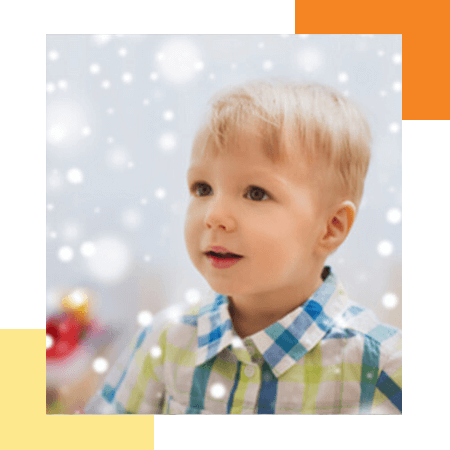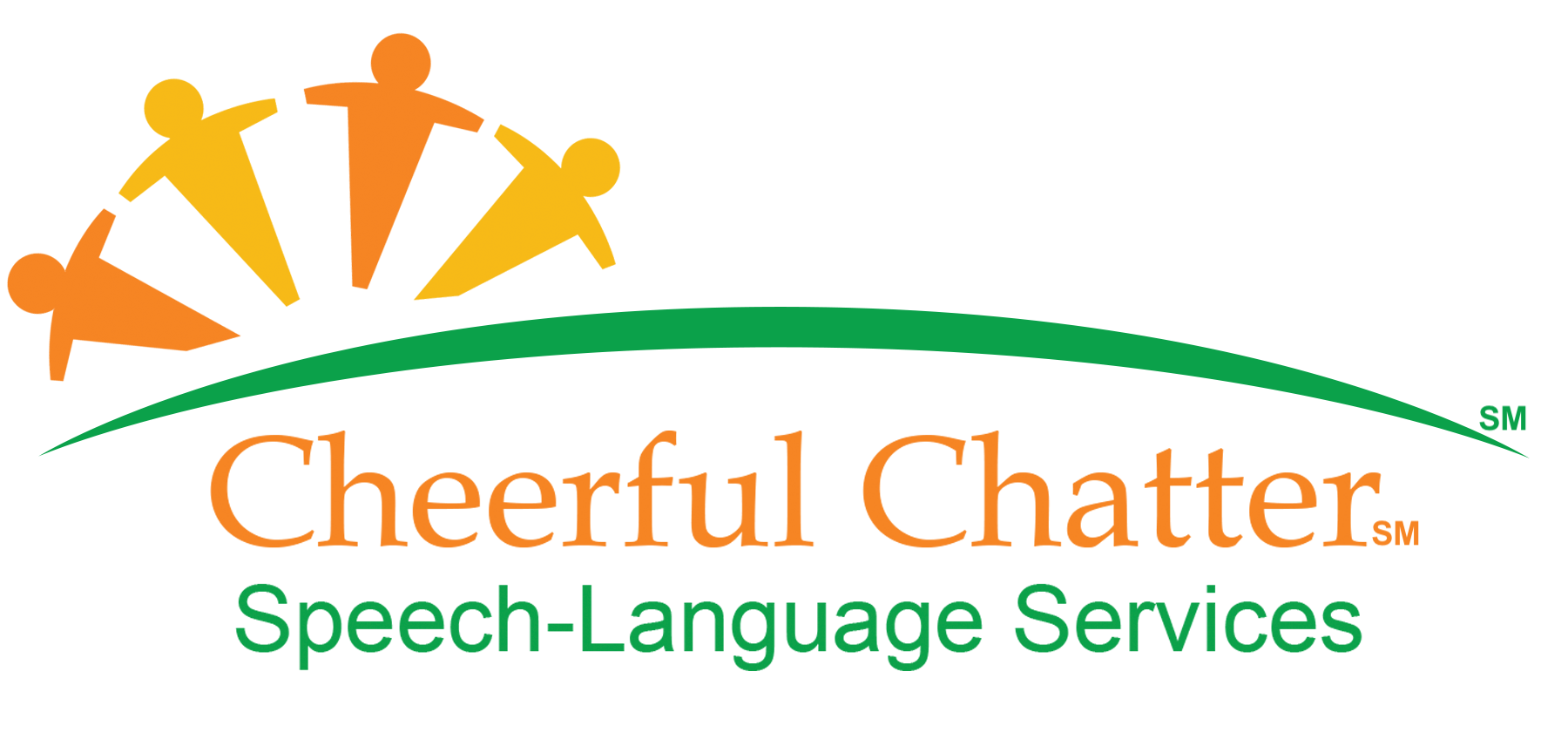Do you ask yourself the same question? Below are some tried-and-true tips for buying the perfect present. Start with their chronological age (or cognitive age if they have special needs). That will help you figure out the types of toys that will be most appropriate, used, and loved!
Did you know that cognitive, language, and social-emotional skills are learned and developed through PLAY?!
That’s right! It’s not just about keeping them engaged and happy. Play sets the stage for a lifetime of learning!

- Rattles
- Stuffed animals and dolls
- Mobiles
- Objects like books, balls, mats, etc. with a variety of textures
- Pictures or drawings on paper plates… from big brother or sister
- Books of faces… their sibling could make them a family album
They are manipulating objects with their hands and mouth at six months and are fully exploring toys at 12 months. Consider…
- Chunky blocks and stacking cubes or rings
- Vinyl and board books
- Balls! Big, little, bouncy, sensory… the list goes on and on!
- Containers to practice filling and dumping
- Toys or busy boxes with switches, dials, and slides
- Bath toys

- Push and pull toys
- Board books… the Pout Pout Fish series is a favorite here!
- Floating water toys
- Bubbles
- Play-doh… especially the handmade, edible kind!
-This will also increase hand strength and dexterity for scribbling and, eventually, writing
They are probably acting out daily routines like pretend eating, drinking, and maybe even housework. Consider…
- A babydoll with a crib, bottle, etc.
- Toy hygiene sets, cell phone, garage, etc.
- Sand and water tables
- Puzzles with nesting pieces, sounds, and themes

It’s time for true symbolic play… After searching for props, they may start signing into a wooden spoon as if it were a microphone. Remember that doll? Now the doll is feeding the stuffed animal! If they’re copying some of your routines, get them a pretend set of props of their very own! Consider…
- Pretend play sets like realistic kitchens, dollhouses, etc.
- Interlocking blocks (think megablocks, duplo sets, etc.)
- Cars, trucks, trains, tracks, road signs… Oh my!
-Look for ones with cause-and-effect features
- Upgrade their puzzles to those with interlocking pieces
- A tricycle or Big Wheel
- Equipment for the backyard or basement

Their pretend play is starting to get complicated. People have roles, as if they were actors. Multiple actions and routines are being used at the same time or are sequenced into an activity. Think about…
- Thematic play sets that represent community helpers, visits to the doctor, going grocery shopping, etc. are perfect
- Board games like Candy Land and Hungry Hungry Hippo
– Start your own version of Family Game Night
– Stocking up on activities for cold, dreary, or rainy days is always a good idea! - Puzzles without borders or frames
- A children’s cookbook
- Wagons

By now, you probably have every pretend play prop available. So, let’s switch gears… Get them out, about, and exploring the world around them. This is the time to build their background knowledge, as they’ll need it during academic tasks. Consider…
- Tickets to local museums, zoos, the aquarium, shows, etc.
- Help turn STEM into STEAM… don’t forget art and music!
– Consider art supplies, musical instruments, etc.
- Wire and metal 3D puzzles… why so many puzzles?
– Because they help children develop fine-motor, visual-spatial, analytical, and problem-solving skills
- Dominoes, playing cards, and language-based games like those from Cranium
Aargh!! No batteries! I forgot the batteries! Wait a minute…
I don’t need batteries 🙂


